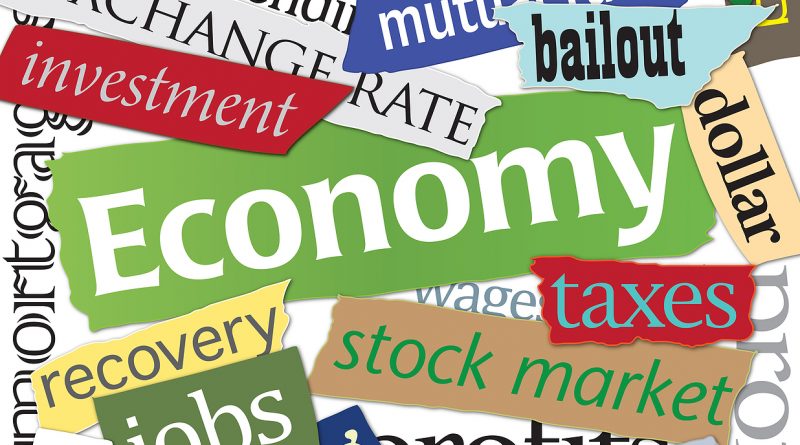ING Bank: The alphabet of CQ; does it really matter for the economy?
Over the course of the pandemic, we’ve been introduced to varying versions of CQ (community quarantine). There was plain old CQ, which lasted ever so briefly, then we had the heavy-handed ECQ, the MECQ, the GCQ, the return of the comeback MECQ and now the latest addition to that alphabet cacophony of lockdown levels: MGCQ.
Chua’s view: restrictions shackle robust consumption
Last night the president thumbed down the proposal from economic managers to relax restrictions further and delay any such move until a vaccine rollout is on the way. The economic cluster, led by acting NEDA Secretary Karl Kendrick Chua has been batting for less stringent restrictions for some time now while also pushing the reopening of schools. AS Chua is of the view that relaxing restrictions is akin to opening the floodgates with consumption zooming to pre-pandemic levels, which in turn would drive the economy to a blistering 8% average growth post 2021. The economic cluster assumes that the economy is simply on “pause” and that the restrictions are the main impediment to torrid household spending with lack of mobility the prime culprit in shackling 70% of the economy. The question that crops up now is, with the proposal denied, what will happen to the growth trajectory?
Lack of confidence shackles consumption
But this brings us to a more pertinent question: “are restrictions truly to blame for lackluster spending and the drop in investment outlays”? Or otherwise stated, does it really matter for the economy whether we are in GCQ or MGCQ? Moving to relax restrictions will have only a modest impact on overall spending as the more likely impediment to consumption is the lack of consumer confidence. Chua’s answer to this is to relax restrictions further, as he believes that the ability to go out and visit the mall translates to a pickup in discretionary spending. However, for the most part, the Philippine economy has been reopened, evidenced by the rebound in footfall and vehicular traffic. Malls and restaurants are open but not close to maxing out the prescribed capacity restrictions with Filipinos likely preferring to stay home for safety concerns. Thus, we believe that the real reason behind insipid consumption is poor consumer confidence, which in turn is weighed down by still elevated unemployment rates (8.7% or 4.5 million Filipinos) and general anxiety of catching the virus. People are not spending because they do not have a job or are not as confident in employment prospects to warrant shopping for pseudo luxury items and cheap thrills during a recession. People are not out and about because they fear the virus and crave access to a credible vaccine and not because the malls close at 7pm instead of 9pm.
Economy no longer “on pause” but is now full of scars
We’ve heard the phrase “scarring effects” early on during the pandemic and now we are seeing these ugly signs on full display. Every job lost and each business shut down is a sign of a scarring effect of Covid-19. The economy is no longer on “pause” and is not likely to return to pre-pandemic form anytime soon unless augmented in some meaningful way. Authorities continue to believe that relaxing restrictions will unleash potent consumption like a race horse charging out of the gates. Instead, once mobility curbs are relaxed we will see the once formidable stallion limp out to the track, bearing deep and lasting scars from the ongoing recession.
GDP to surge to headline grabbing pace by 2Q, but fizzle out shortly after
We continue to price in a contraction in 1Q GDP, followed by some jaw-dropping growth figures beginning 2Q as we feel the full impact of base effects. Mirroring the steep contraction of 16.9% in 2Q 2020, the bang showcased by the 2Q numbers may unfortunately gradually fade with GDP growth plateauing to a 4.7% expansion once base effects fade. We continue to believe that growth momentum will be subdued, regardless of type of CQ, with consumer confidence shot with the vaccines still out of reach. The one true antidote to the lack of confidence would be the vaccine procured by the government as this would generate GDP momentum via increased government expenditure while simultaneously curing Filipinos’ anxiety tied to catching the virus. Meanwhile, a more pronounced stimulus effort via some version of Bayanihan 3 may further rekindle growth momentum, by jumpstarting the crippled labor market to get the wheels of consumption turning again. The once proud stallion can ride as he did before, with a healthy dose of vaccination and a shot in the arm (or leg) strong enough to make him look past all the scars on his back.
– From Nicholas Mapa, senior economist at ING Bank in Manila, Philippines
[Thinking of investing? Get MoneySense’s 2021 Investing Issue featuring investment guru Ron Acoba here]
Other stories:




